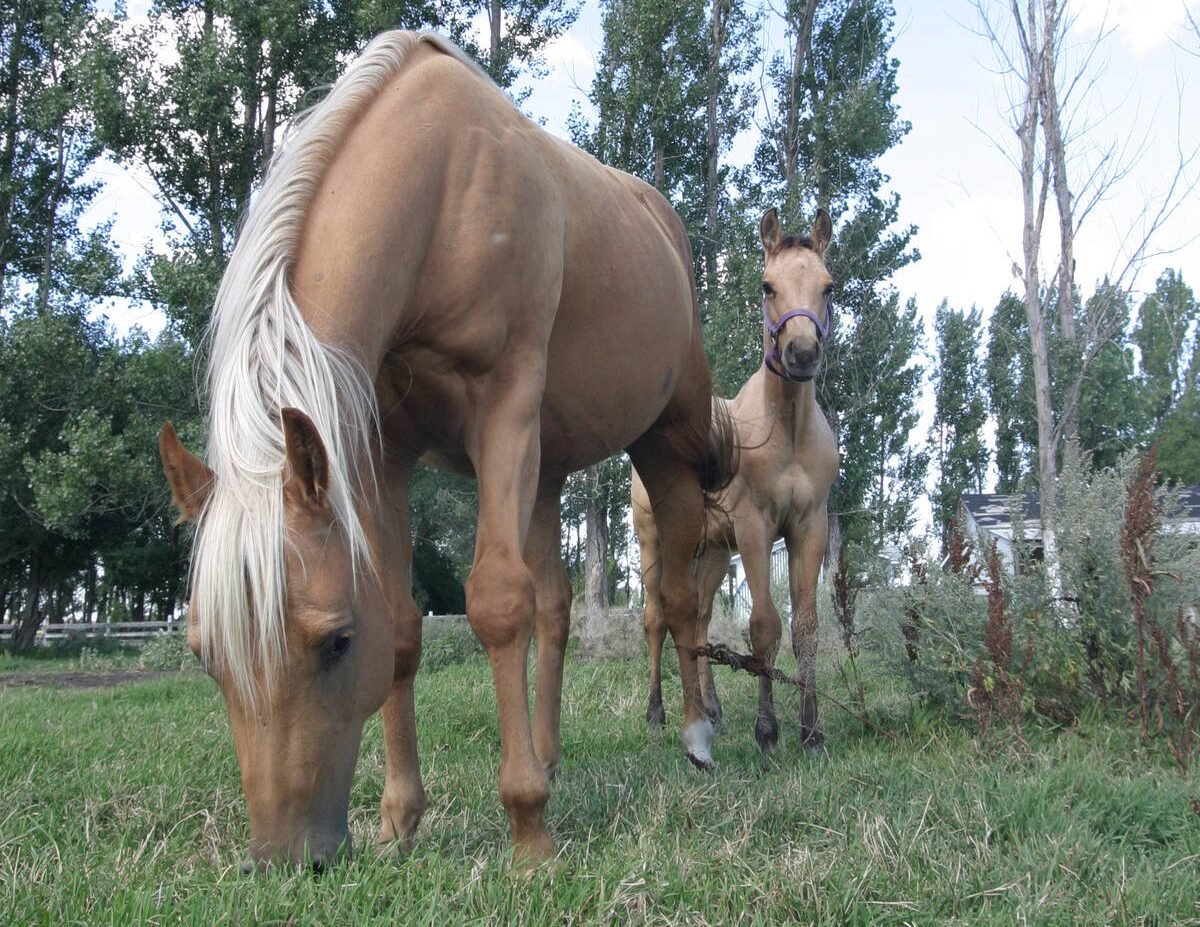In December 2022, land rent near Shellbrook, Sask., was bid up to more than $200 per acre in a Ritchie Bros. auction.
Typical rent for non-irrigated Saskatchewan grain land is less than half of this. These land rental rates work based on 50 bushel per acre canola at $20 per bu., but a 25 bu. pea crop at $10 per bu. would barely cover the rental payment.
With the commodity price boom and increasing land values, the land market is incredibly tight, driving up rental rates.
There are three main ways of accessing land: cash rental agreements, crop shares, or crop shares with inputs (a joint venture). Each of these options has benefits and drawbacks.
Read Also

Growth plates are instrumental in shaping a horse’s life
Young horse training plans and workloads must match their skeletal development. Failing to plan around growth plates can create lifelong physical problems.
Cash rental agreements
Cash rental agreements are the most common. They are simple and predictable. It is important to have a good land rental agreement, with a first right of refusal should the land come up for sale. There are too many disputes because the rental agreement was just a handshake and never written down. You may have a great landowner-tenant relationship, but what happens when the landowner wants to sell or passes away?
Beware of land rent in a corporation. Corporate land rental income is taxed at slightly more than 50 percent. The tax rate goes down to 20 percent if dividends are paid out to the shareholders personally. If a corporation has more than $50,000 of net passive income, it starts to lose the low tax rate small business deduction in the next year.
This can affect retiring farmers renting out corporate land. We recommend checking with your accountant before renting out corporate farmland for the first time.
As cash rental rates rise, the risk to the farm increases. There is no guarantee that yields, commodity prices, and crop insurance coverage will be nearly as high in the future.
Crop shares
Crop shares are a percentage of the crop, typically ranging from 20 to 33 percent.
The crop share is usually split at the elevator, with the landowner receiving a portion of the grain cheque. Since there is no GST on grain sales, the landowner doesn’t have to collect GST.
Canada Revenue Agency views most basic crop shares as passive rental income, as a share of crop in lieu of rent. Corporate crop shares have the same passive income tax issues as cash rent.
Landowners do not qualify for AgriInvest on crop share income. The crop share amount split with the landowner is allowable income for the farmer for AgriInvest and AgriStability, as land rent expense paid with grain.
Crop shares allow the landowner to participate in the fluctuations of the crop. They require a lot of trust and documentation.
For example:
- If there is a crop or hail insurance claim, is this also shared?
- How is the grain from specific fields measured and tracked?
- When will the grain be sold? For example, if the farmer has a contract for $14 per bu. canola and $20 per bu. canola, which contract will the grain be sold under?
- Will good farming decisions be made? Does the crop share land get less fertilizer, no fungicide application and is combined last?
Rising input costs make a 25 to 33 percent crop share unsustainable for higher input operations. There is a huge difference in input costs between canola in the black soil zone and a durum-lentil rotation with farm-saved seed in the Palliser triangle to the south.
As land rental rates increase, a form of crop share such as bonus rent based on the crop (or the net revenue after paying for inputs) allows the landowner to participate in the good crop years, while not locking in the farmer into unsustainable land rent in poor years.
Joint venture crop shares
Joint venture crop shares involve the landowner paying the same portion of the crop inputs as the crop received, usually 33 to 50 percent. If you pay for your percentage of the allowable expenses (fertilizer, chemical, seed, fuel, and crop insurance), the crop share will be deemed a joint venture for AgriInvest and AgriStability purposes. This qualifies for the one percent AgriInvest government matching income on grain sales.
If you pay for allowable expenses, you have a risk of loss. As such, the joint venture isn’t a “share of crop in lieu of rent” for CRA. However, CRA has a lot of facts to determine whether this is a joint venture. Each situation is assessed on a fact-by-fact basis. Contact your adviser before setting up a joint venture and have it well documented.
The best fact pattern involves a farmer wanting to slow down but still be active in managing the crop, such as providing bins and maybe equipment to the joint venture, and still be involved in harvest or field work.
If the facts are right, a joint venture can have active income eligible for the small business deduction at the low corporate tax rate. This helps the corporation qualify for the tax-free farm rollover of shares to the next generation.
Which land-access option is right for your situation depends on the farming relationship and how much of the crop risk and reward both parties want to split.
Levi Derksen, CPA, CGA, is a senior manager in the Ag Team at Buckberger Baerg & Partners LLP in Saskatoon. He can be contacted at lderksen@bbllp.ca.















